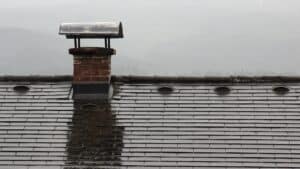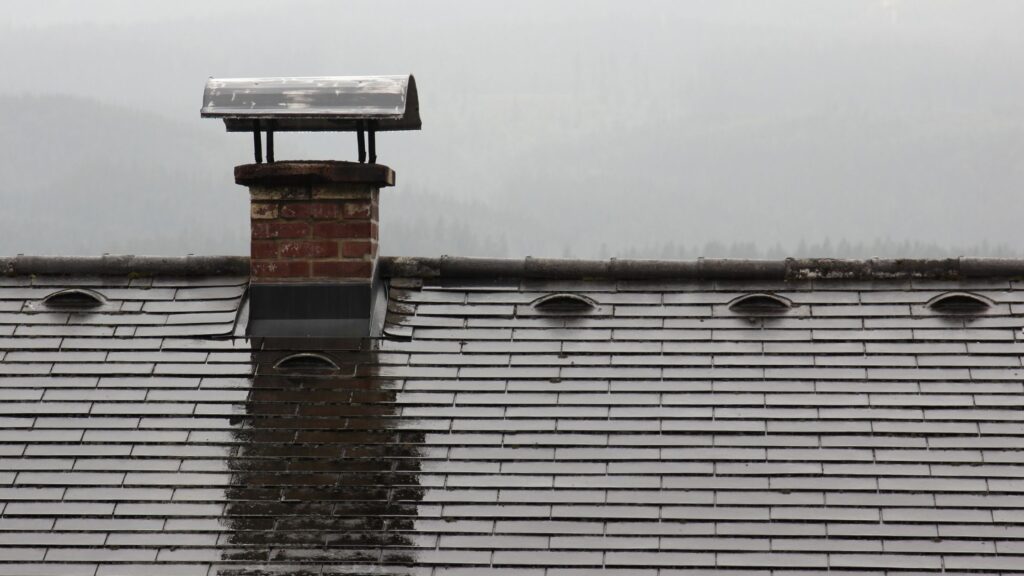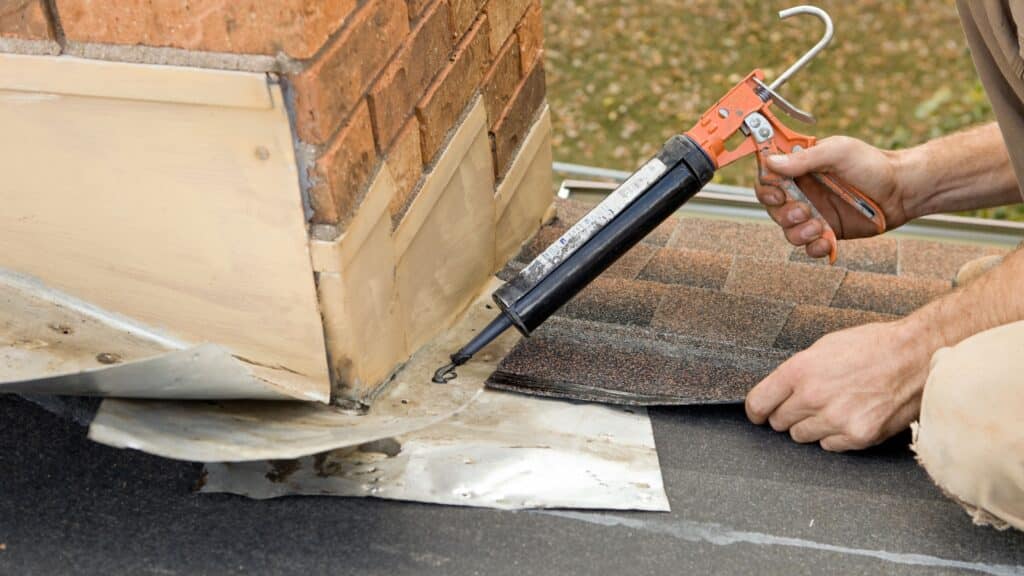As fall approaches, it’s time to prepare your home for the colder months. Your chimney plays a critical role in keeping your home warm and safe, but without proper maintenance, it can become a hidden hazard. Before you light up that first cozy fire, it’s essential to ensure that your chimney is in good condition. A professional chimney inspection can prevent costly repairs, improve efficiency, and most importantly, protect your family from potential dangers like chimney fires or carbon monoxide leaks.
Here are the top 5 signs that indicate it’s time to schedule a professional chimney inspection this fall.
1. Visible Cracks in the Chimney or Mortar
Take a close look at the exterior of your chimney. If you notice any visible cracks in the bricks or the mortar joints, it’s a clear sign that your chimney may need repair. Cracks can develop due to weathering, the natural freeze-thaw cycle, or simply aging. These cracks can allow water to seep in, causing further damage, including structural weakening and leaks.
Why it’s important: Small cracks can grow into bigger problems, compromising the chimney’s ability to vent properly. A professional can assess the extent of the damage and provide necessary repairs before it worsens.
2. Efflorescence (White Staining on the Chimney)
Efflorescence is the white, chalky residue you may notice on the exterior of your chimney. While it may seem harmless, it’s a sign of excess moisture inside the chimney. This moisture can deteriorate the chimney’s structure over time and lead to problems like mold, mildew, or even masonry damage.
Why it’s important: The presence of efflorescence indicates water is getting into your chimney, which could lead to more severe issues like leaks and internal damage. A chimney inspection can help identify the source of moisture and prevent long-term damage.
3. Rust on the Damper or Firebox
Rust is a tell-tale sign of moisture inside your chimney system. If you notice rust on the damper, chimney cap, or inside the firebox, it’s time for an inspection. Moisture inside your chimney can damage the flue lining, which plays a critical role in safely venting out smoke and gases. Damaged dampers and flue linings can increase the risk of carbon monoxide buildup and chimney fires.
Why it’s important: Rust indicates moisture infiltration, which not only affects the chimney’s efficiency but can also lead to severe safety hazards. A professional chimney sweep can assess and repair the damage.
4. Excessive Creosote Buildup
Creosote is a highly flammable byproduct of burning wood that accumulates inside the chimney. If not cleaned regularly, it can become a serious fire hazard. Homeowners may not be able to see the creosote buildup, but one sign is poor draft—when smoke doesn’t exit through the chimney as it should. If your fireplace is producing more smoke than usual, or if you notice a strong, tar-like smell, you likely have a creosote problem.
Why it’s important: Creosote buildup increases the risk of chimney fires, which can cause extensive damage and put your home at risk. An annual inspection and cleaning will keep your chimney safe for use.
5. Damaged or Missing Chimney Cap
The chimney cap plays an essential role in keeping out rain, snow, debris, and animals. If your chimney cap is damaged or missing, it opens up your chimney to potential hazards like blockages or water damage. Over time, this can lead to leaks, internal chimney damage, and even poor ventilation.
Why it’s important: A damaged or missing chimney cap can lead to water infiltration, animals nesting in the chimney, and poor chimney function. Replacing or repairing the cap during a professional inspection will prevent these problems from escalating.
Why Regular Chimney Inspections Matter
Scheduling a chimney inspection before the colder months can help you catch small problems before they turn into costly repairs or safety hazards. During a professional inspection, certified chimney sweeps will:
- Check for structural damage, including cracks in the chimney, flue, or firebox.
- Identify any creosote buildup or blockages that need to be cleaned.
- Ensure the chimney cap, flashing, and crown are in good condition.
- Test for proper ventilation and make sure there’s no risk of carbon monoxide buildup.
Annual chimney inspections are not only recommended but essential for ensuring the safety and efficiency of your fireplace. With regular maintenance, you can enjoy a warm, cozy fire without worry.
Conclusion: Protect Your Home This Fall
Don’t wait until it’s too late to address chimney issues. The fall season is the perfect time to ensure your chimney is functioning safely and efficiently before you rely on it to keep your home warm. Whether it’s cracks in the mortar, excessive creosote, or rust in the firebox, recognizing these signs early can save you from bigger problems down the road.
For professional chimney inspections, cleaning, and repairs in Catskill, Greene County, Hudson County, and the surrounding areas, contact True Ventilation. With over 20 years of experience, our team is committed to ensuring your chimney is safe for use. Call us at 888-775-9498 or email us at trueventilation@gmail.com to schedule an inspection today.














